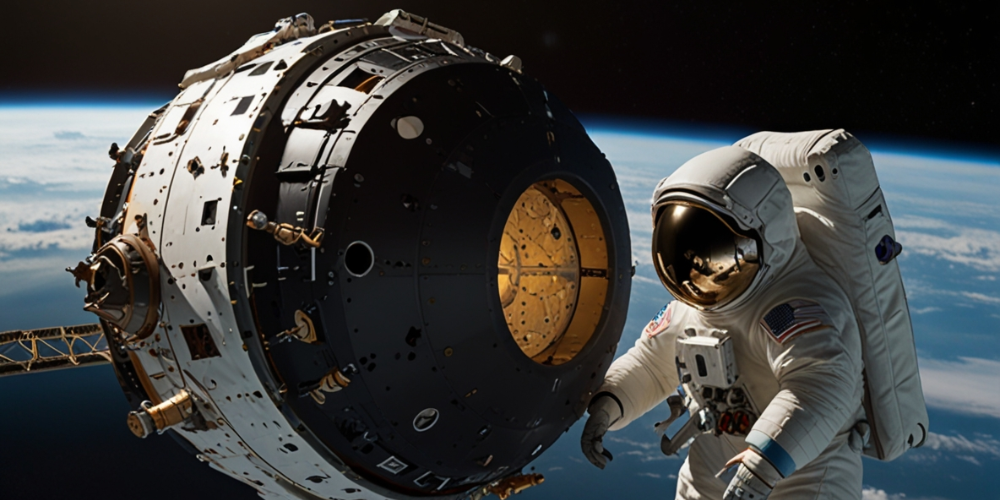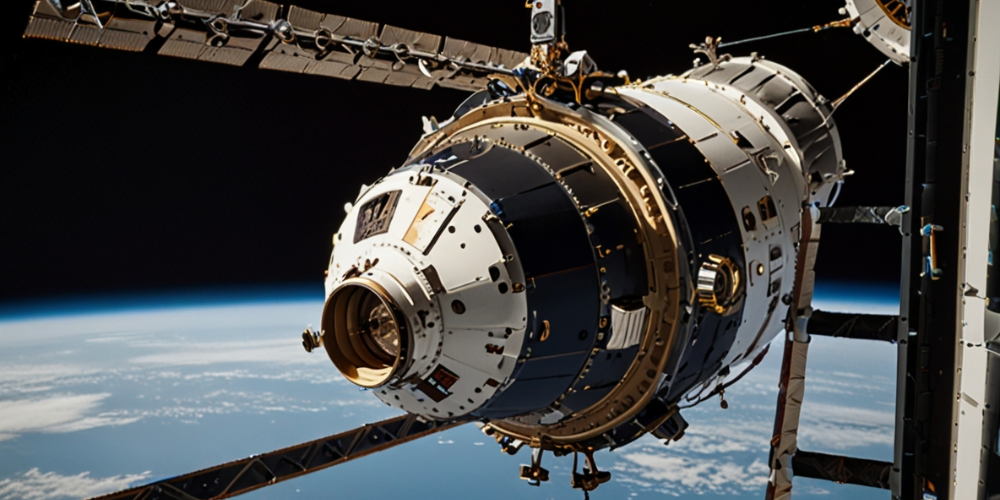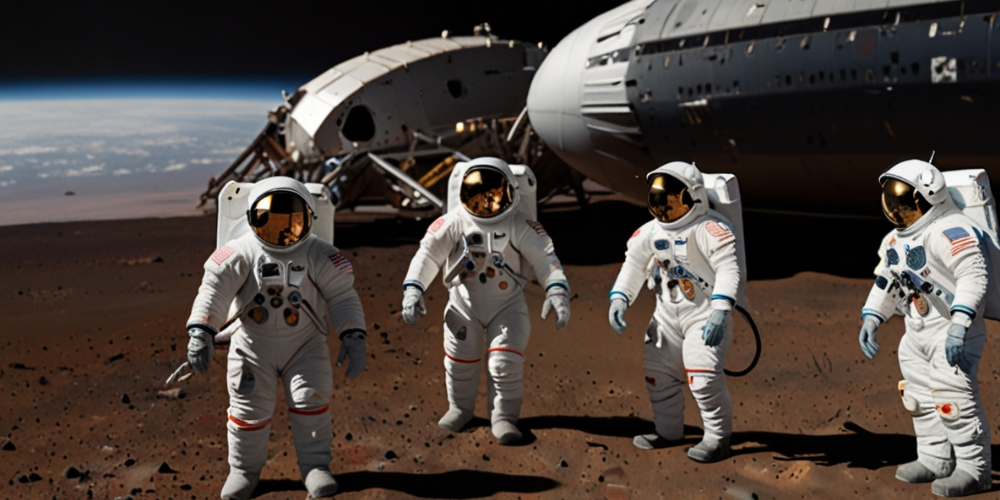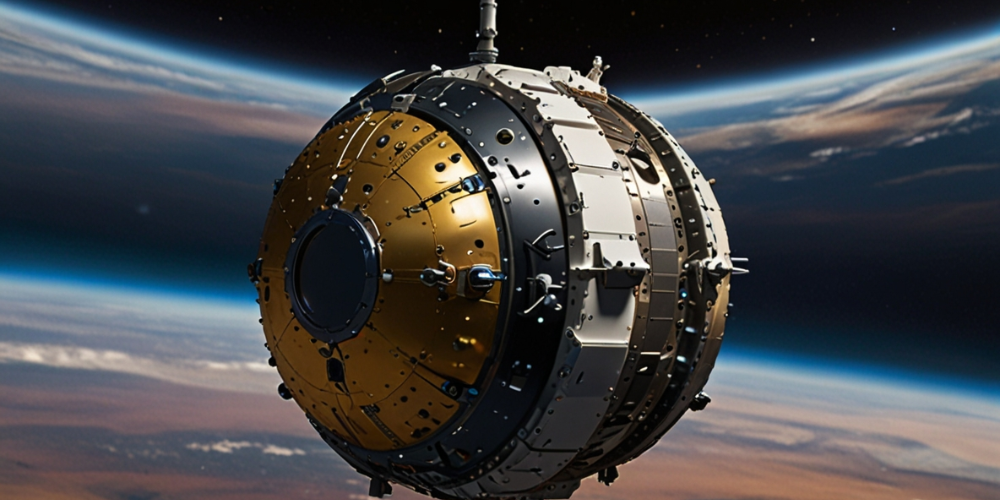Astronauts Share Insights on Boeing's Starliner: Challenges, Performance, and Future Prospects
- 1379

In a fascinating exchange of insights, NASA astronauts Butch Wilmore and Suni Williams offered a deep dive into the functionalities and current standing of Boeing's Starliner spacecraft during a recent media briefing. Their extended mission aboard the International Space Station (ISS) has provided a prime opportunity for firsthand evaluations of Starliner's performance as teams back on Earth troubleshoot critical issues. Without sugarcoating the challenges, Wilmore and Williams highlighted the spacecraft's capabilities and the ongoing troubleshooting efforts that could dictate its future missions.
The Context of the Mission
Last month, Wilmore and Williams embarked on their journey aboard the Atlas V rocket, operated by United Launch Alliance, from Cape Canaveral Space Force Station in Florida. Their objective was to assess the Starliner spacecraft while it remained docked at the ISS for an extended period. This opportunity arises amidst technical challenges relating to Starliner’s thruster systems and seals, prompting NASA and Boeing to strategize future steps regarding the spacecraft’s operational readiness. What could have been a setback turned into an opportunity for thorough evaluation and insight sharing.
Aspirations of the Starliner

As they settled into their missions, the astronauts praised Starliner’s flight performance shortly after separating from the Atlas V. Wilmore expressed delight at the spacecraft's precision, mentioning that on the Cooper-Harper scale, which gauges spacecraft handling, he was tempted to award Starliner a perfect ten. This accolade speaks to the spacecraft’s design and its functionality during crucial flight operations.
Challenges Faced
However, not all aspects of the mission proceeded without a hitch. On the second day of their stay, the astronauts encountered issues with Starliner's thrusters, which demanded manual control of the spacecraft. Under these circumstances, Wilmore noted a degradation in the ship's handling quality. Yet, he was impressed by Starliner's performance even when faced with this dilemma, as it docked with the ISS with only five degrees of allowed attitude variation and an approximate four-inch positional leeway. The manual and automatic functionalities of the spaceship demonstrated their robustness, as it maneuvered with remarkable accuracy even with degraded thruster capability.
Operational Readiness and Habitability Assessments

Post docking, the crew capitalized on their unique situation by subjecting Starliner to a series of practical tests. Williams pointed out that they used the spacecraft as a potential safe haven should an emergency arise aboard the ISS. Furthermore, the crew conducted habitability evaluations, confirming that Starliner could comfortably support a crew of four. This included rigorous testing of environmental control systems necessary for life support, which yielded highly satisfactory results.
The Path Forward: Understanding the Thruster Anomalies
As the astronauts engaged in their operational evaluations, NASA and Boeing representatives shared updates back home, particularly focusing on the ongoing investigations surrounding Starliner's thrusters. NASA’s Steve Stich emphasized the importance of understanding the thruster problems. Teams are currently conducting a range of ground tests to diagnose the anomalies encountered during Starliner’s liftoff and its approach to the ISS.
Future Plans for Starliner
As for Starliner’s return to Earth, the potential remains, with optimism suggesting that it might occur ahead of SpaceX’s upcoming Crew 9 mission. A final decision regarding the timeline is contingent on the results of the upcoming ground tests. "Starliner is prepared to return in an emergency scenario should the crew need to depart the ISS," remarked Stich, indicating a proactive approach to ensuring astronaut safety and mission integrity.
Looking Ahead: Collaborative Efforts

Boeing’s Mark Nappi reinforced this sentiment by shedding light on the company’s concerted efforts to rectify the identified anomalies. According to Nappi, the action items set forth are progressing, with most issues expected to reach resolution by the end of the following week. This ambitious timeline aims to align perfectly with the impending transition period between Crew 8 and Crew 9 missions, slated for mid-August.
In Conclusion: A Mission with Purpose
The insights shared by Wilmore and Williams not only reflect their appreciation of the Starliner spacecraft but also underscore the ongoing challenges and collective determination of NASA and Boeing to ensure the spacecraft’s viability for future human spaceflight missions. Their experience aboard the ISS has reaffirmed the importance of thorough checks, adaptability in the face of challenges, and the significance of operational safety protocols that govern the world of space travel.
As the journey continues, the scope of Starliner’s potential becomes increasingly evident. The collaboration between NASA and Boeing stands as a testament to innovation, diligence, and the unyielding spirit of human exploration. With eyes set on the stars, the path to broader horizons draws nearer, guided by the insights and experiences gained from this remarkable mission.
